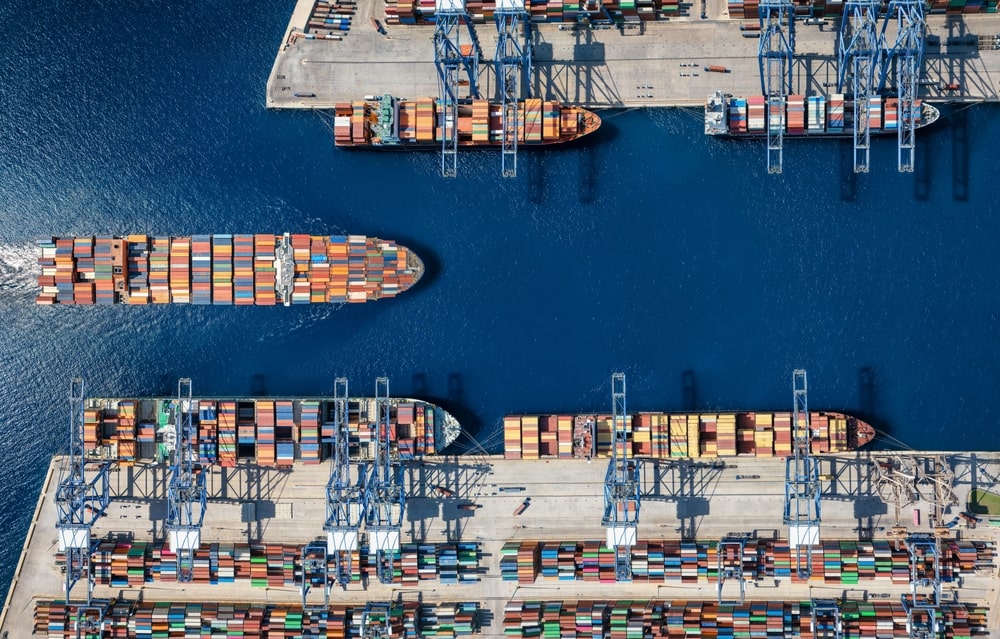
Smaller vessels orders rise as shipowners seek to minimise disruption to trade.
Leading shipowners are purchasing smaller vessels instead of larger vessels, signaling the end of an era, as they respond to the previous 18 months of disruption to trade from external events.
83 mid-sized vessels, measuring between 12,000 TEUs and 16,999 TEUs, are set to be delivered in 2025, which is almost five times the number in 2020, according to Braemar, a shipbroker.
Alternatively, only six container ships with a capacity of 17,000 TEU, are due to be delivered in 2025, down from 17 in 2020.
“16,000 TEU ships will become the popular workhorse for liner companies”, said Jonathan Roach, a container market analyst at Braemar, speaking to the Financial Times.
It must be noted that there is still a big order book for large vessels over 18,000 TEU, with the FT reporting that the Mediterranean Shipping Company (MSC) has ordered 10 vessels measuring 21,000 TEU in September.
The shift in demand from larger vessels to smaller vessels has been driven by a series of factors.
There is a threat of environmental regulations, with the International Maritime Organisation, due to outline its requirements to achieve net zero emissions by 2050. Therefore, many shipowners are weighing up the viability of ordering a new vessel that may fall foul of new regulations.
In addition, there is trade disruption, namely in the form of the recent Houthi attacks in Red Sea, forcing shipowners to divert trade away from the Red Sea. Many of the ultra-large ships in operation carry Asia to Europe trade through the Suez Canal, and cannot be easily deployed in other transit routes such as the Panama Canal, because of their size.
The diversion of trade from the Red Sea created a restriction in the supply of vessels avaliable to navigate the alternative routes, meaning that the cost of shipping rose dramatically in the months that followed.
Geopolitics is also at play here, with many shipowners responding to a broader shift in trade more generally in Asia from China to alternative manufacturing hubs in India and Vietnam, in preparation for the incoming Trump’s administration promise to turbocharge tariffs on China.
Therefore, having smaller vessels in their fleet, allows shipowners to be more flexible in responding to events more quickly.